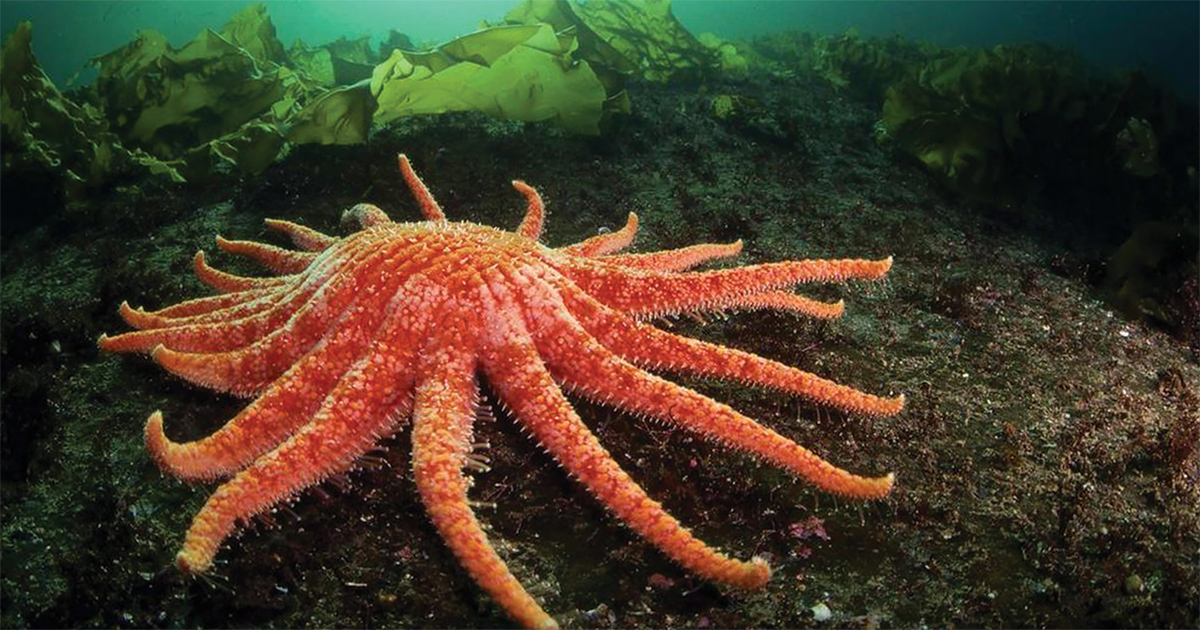
Kelp stores/sequesters greenhouse gasses and mitigates the effects of climate change by absorbing carbon dioxide.

Kelp forests provide food, nursery areas, and shelter to thousands of marine sea creatures. These creatures, such as red abalone and purple sea urchins, are invaluable to many local economies.

Kelp forests absorb nutrients such as nitrogen from the water making them available to a variety of species that feed on their blades.

Kelp forests help to prevent coastal erosion and filter pollutants from the water, ultimately protecting the shoreline.






